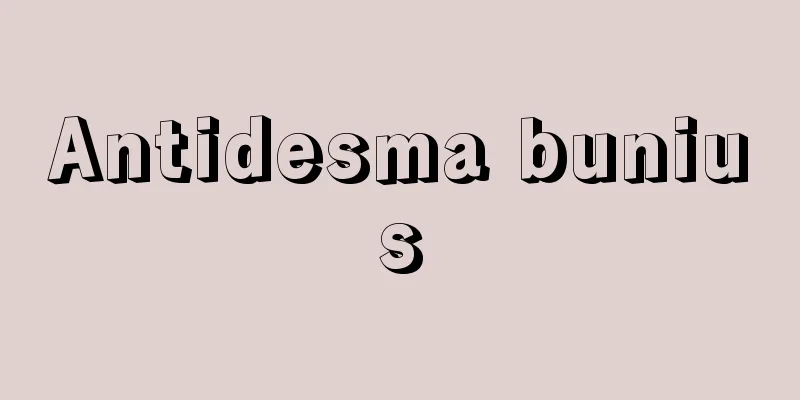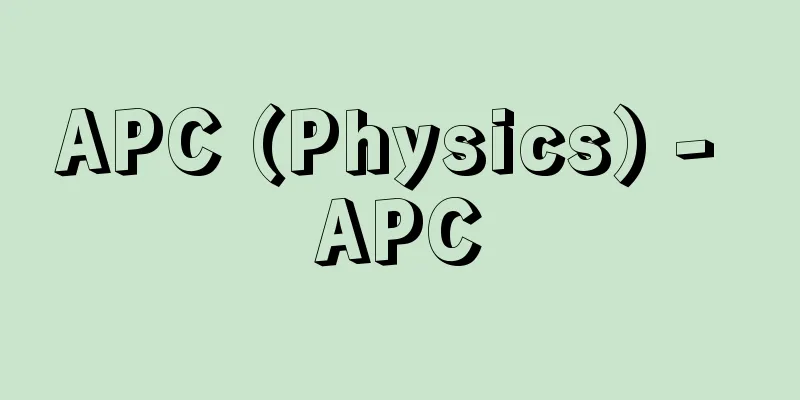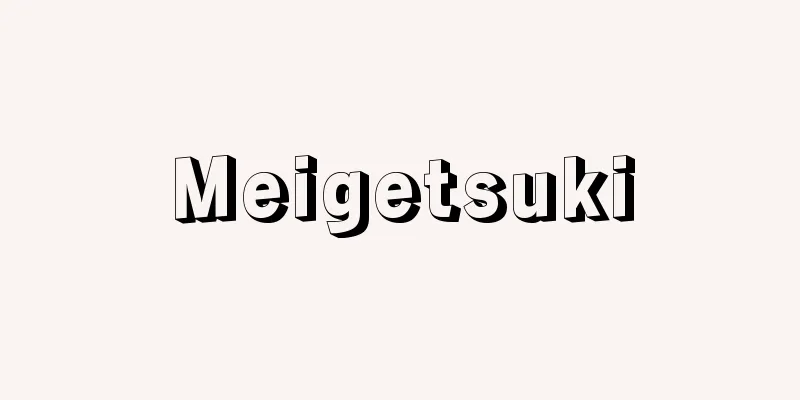zirconium

|
Zr. Atomic number 40. Electron configuration [Kr] 4d25s2 . Periodic table group 4 transition metal element. Atomic weight 91.224(2). Naturally occurring stable isotopes exist with mass numbers 90 (51.45(40)%), 91 (11.22(5)%), 92 (17.15(8)%), 94 (17.38(28)%), and 96 (2.80(9)%), as well as radioactive isotopes with mass numbers 78-110. In 1789, German MH Klaproth identified zircon as an oxide from the mineral zircon ZrSiO4 , and in 1824, Swedish JJ Berzelius isolated it as a metal. Zircon comes in a variety of colors ranging from red to black, but most are golden-yellow, and were known in ancient India and Persia. The mineral's name comes from the Arabic word zargûn, which means golden-yellow. The element's name was proposed by Sir Humphry Davy in 1808, based on the name of the mineral. Udagawa Yoan called it girconium in his book "Semi Kaisou" published in 1837. The main minerals include zircon, as well as baddeleyite ( ZrO2) . Source: Morikita Publishing "Chemical Dictionary (2nd Edition)" Information about the Chemical Dictionary 2nd Edition |
|
Zr.原子番号40の元素.電子配置[Kr]4d25s2の周期表4族遷移金属元素.原子量91.224(2).天然には質量数90(51.45(40)%),91(11.22(5)%),92(17.15(8)%),94(17.38(28)%),96(2.80(9)%)の安定同位体が存在し,ほかに78~110の放射性同位体がある.1789年ドイツのM.H. Klaprothが鉱物ジルコンZrSiO4から酸化物として確認し,1824年スエーデンのJ.J. Berzelius(ベルセリウス)が金属として単離した.ジルコンは赤から黒に至る各色を帯びるが,多くは黄金色の鉱物で古代インド,ペルシャでも知られており,鉱物名は黄金色を意味するアラビア語zargûnに由来する.元素名はSir Humphry Davy(デイビー)が1808年に鉱物名から提案した.宇田川榕菴は天保8年(1837年)に出版した「舎密開宗」で,琪爾古扭母(ギルコニウム)としている.主要鉱物はジルコンのほか,バッデリ石ZrO2などがある. 出典 森北出版「化学辞典(第2版)」化学辞典 第2版について 情報 |
>>: Shiruko - sweet red bean soup
Recommend
Enrico Mattei
Italian businessman. First president of the state...
Sumako Fukao
Poet. Her real name was Ogino Shigeno. She was bo...
Brain stem
The brain stem is generally made up of the diencep...
Caterpillar - Caterpillar
A common name for the larvae of Lepidoptera insect...
parietal bone
…In addition, when comparing men and women, women...
"One Heart, Two Rivers, White Path"
The cast includes Sakurahime, later Furinohime, p...
Ishikawa fence guardian
?-786 A government official in the Nara period. I...
Konodai
This district is located at the northwestern edge...
Geometric isomerism
A type of stereoisomerism, also known as cis-tran...
Symmetry (English spelling)
Bilateral symmetry. The color, shape, and quality ...
Chemical transport method
…For example, when SiCl4 gas is heated together w...
Radioactive equilibrium
...This condition is satisfied everywhere inside ...
Jigsaw puzzle
A puzzle is a puzzle in which a picture or map is ...
Kanranzan
…In 1980, a ferry service was started between Kan...
Glareola maldivarum (English name) Glareola maldivarum
...The Nile Plover is also a member of this famil...









